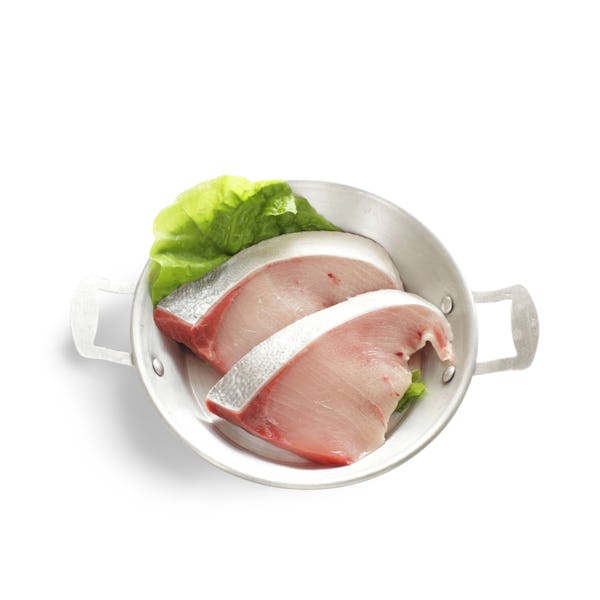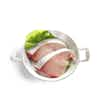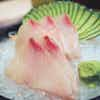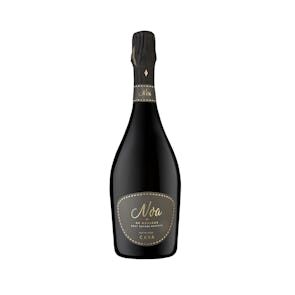


Youshoku Hamachi Fillet (Frozen)
A popular sashimi ingredient
TASTING NOTES FROM THE CURATOR
Hamachi is yellowtail fish, and is a very popularly used in sushi and sashimi. This Youshoku Hamachi Fillet is from Nagasaki, Japan, and is sashimi-grade, making it safe to eat raw. Farmed for longer than any other fish in Japan, it’s a fatty fish with a semi-soft texture. It’s very appealing, as it doesn’t have a fishy taste. Instead, it has a mild flavor, with a slight tang.
PREPARATION AND PAIRINGS
The Youshoku Hamachi Fillet arrives to you frozen, and can be eaten as is, provided proper thawing. Use it in sashimi, sushi, and nigiri, and pair with some dry sake or Junmai daiginjo. It’s also good to pair with Sauvignon Blanc or Pinot Grigio, especially if you’re enjoying it with ginger and wasabi.
This yellowtail can also be cooked. Try it salt-grilled, as teriyaki, marinated in miso, or seared.
THE ART OF RAW FISH
A classic and iconic Japanese delicacy, sashimi usually consists of thinly sliced pieces of fresh raw fish or meat. Although many non-Japanese people often confuse the words “sashimi” and “sushi,” or even use them interchangeably, they are, in fact, different. Raw fish is an ingredient in both, but sushi refers to dishes made with vinegared rice. While sashimi is always served as is, on its own.
“Sashimi” means “pierced body,” with “sashi” meaning pierced or stuck, and “mi” meaning body or flesh. There are two possible origins to the word. The first is that it might have come from the practice of sticking the fish’s fin or tail into the slices in order to help the consumer identify what they are eating. Another possibility could pertain to a traditional harvesting method, the “ikejime” process, which involves piercing the fish’s brain with a sharp spike immediately as it is caught, and placing it on shaved ice. The immediate death prevents the fish from obtaining too much lactic acid, and will therefore keep fresh on ice for longer.
Storage Instructions
Arrives frozen. Once thawed, it must be consumed within 48 hours.




